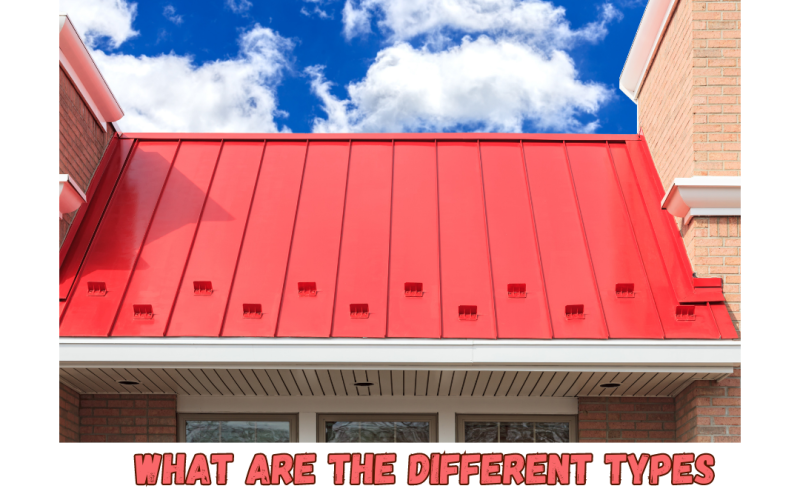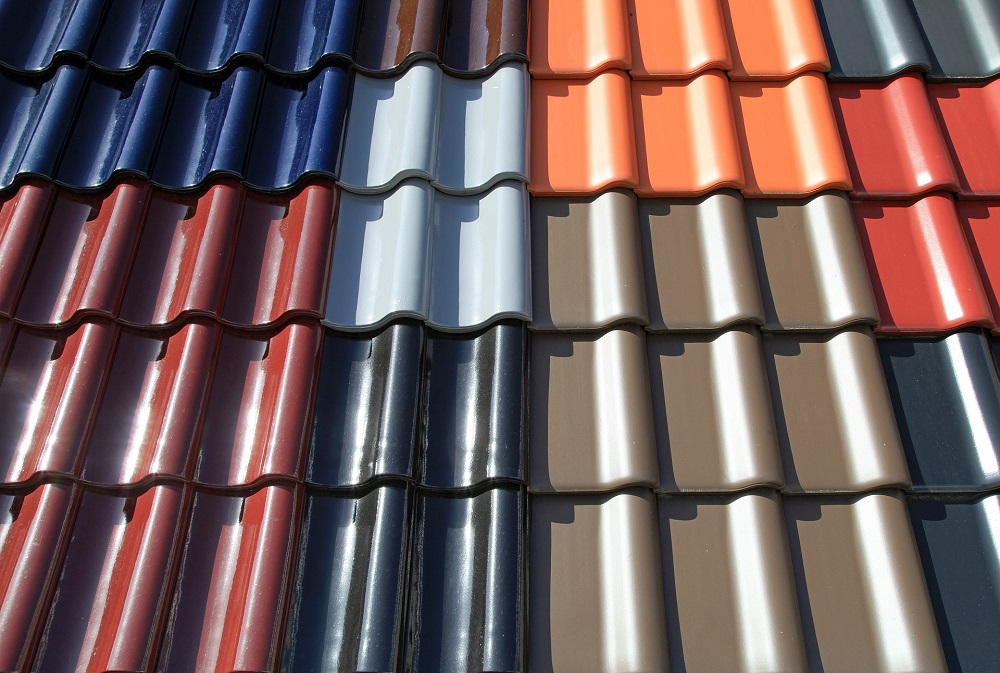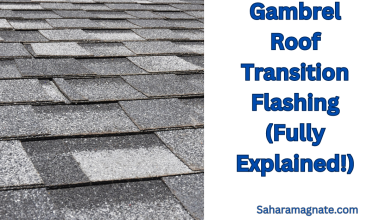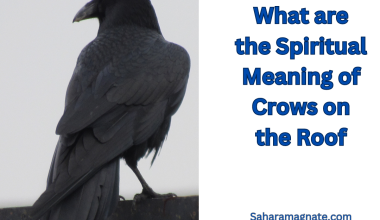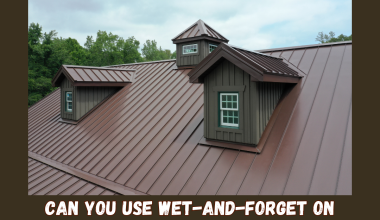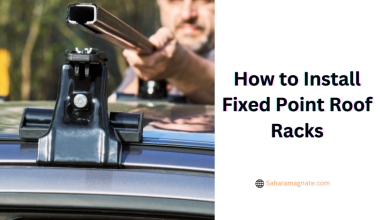When it comes to metal roofs, the trims can make all the difference. No matter how durable and well-constructed your roofing system is, it’s more vulnerable to leaks and other damage if you don’t have roof trims in place.
Today, we’re going to dive into the world of metal roof trims and discuss the different types available so that you can choose the best option for your needs.
From ridge caps to gable trims and everything in between, we’ll cover all the metal roof trims you need to know about.
Let’s get started!
What Are The Different Types of Metal Roof Trims?
Trims are one of the most critical pieces of the puzzle regarding metal roofing.
Whether replacing an existing metal roof or adding a new one, having the correct type of trim is essential for ensuring everything fits together correctly.
Choosing the right trim can also help you get the desired esthetic result from your metal roof.
These trims all work together to create a waterproof seal around your metal roof while adding curb appeal to your home’s exterior design.
It makes them invaluable in keeping your home looking its best while also helping to protect its structural integrity over time!
So what are the different types of trims used for metal roofs? There are several options to choose from:
1. Eave Trims for Metal Roofs
Eave trim. Yes, that’s a real thing! Eave trims are an essential part of metal roofing; they conceal the roof panels’ ends and seal the roof’s edge.
They also act as a drip edge, directing water away from the roof and protecting your home from water damage and rot.
It helps create a watertight seal and can also improve the overall look of your roof.
Eave trim is used along the lower edges of your roof, where water can collect and cause water damage or rot.
It helps guide rainwater out and away from essential structures like siding and windows.
The most popular types of eave trims for metal roofs include:
- Exposed fastener eave trim: This type of trim is designed to be used with exposed fasteners along the edges of the eave. It has a built-in sealant that helps protect against water intrusion and also comes with integrated interlock strips that help prevent wind uplift.
- Concealed fastener eave trim: If you don’t want to use exposed fasteners in your eaves, concealed fastener trim may be right for you. This type of trim is designed to be used with concealed fasteners, creating an even cleaner look than exposed fasteners.
2. Drip Edge Flashing:
Drip edge flashing provides essential protection for your home’s gutters by helping direct rainwater away from them and onto the ground below — keeping your gutters from filling up with debris or overflowing during heavy rains.
Drip edge is designed to help guide rainwater away from the home’s siding, foundation, and roof edges to prevent damage from water runoff.
3. Steel Valley and Rafter Tails
Other types of metal roofing trims are steel valley and rafter tails. Steel valley trim protects the valleys, or low spots, between two sloped roof sections.
These valleys tend to accumulate water and debris, so installing a unique metal trim over it helps protect it.
Valleys are metal trim pieces used where two sides of roof slopes meet, such as in a “v” shape around chimneys or gables.
Valleys help guide water flow off the roof in these areas and prevent it from getting underneath shingles or collecting on top.
Meanwhile, the rafter tails are the exposed ends of the roof’s rafters at the eaves and ridge line and require some kind of finished covering.
This can be long pieces of lumber or metal trim made explicitly for this purpose. Both trim types are available in various colors, so you can choose finishes that match your roof’s style.
Steel valley and rafter tails add more than just protection – they also help to enhance your roof’s esthetic appeal!
The trims come in lengths up to 10 feet, so you can easily finish off any roofline for a consistent look.
Steel trims require minimal maintenance and repairs; a quick wipe with mild soap and water should do the trick!
4. Rake or Gable Trim
Rake edge trim is used to seal the edges of a roof and prevent water from entering. It is usually located along the sides of a roof, where the side meets the top.
It helps seal off openings in gables that may occur during installation — they’re an effective way to reduce air leakage while adding an attractive touch to any roofline.
This type of trim is installed at both ends on each gable end of the roof and is designed to create a finished look for your roof.
It also comes in handy if you want to enhance the appearance of your roof, as it gives it a polished, professional look.
5. Ridge Caps
Ridge caps are different from rake edge trim – they are usually installed on the peak or ridge line of the roof, and they form a guard to stop air and water infiltration into your home.
They also help protect against UV rays and improve insulation in your home by reducing drafts.
Ridge caps are trim pieces that protect the top portion of your roof from the weather by providing an additional layer of waterproofing.
They are placed over ridges and are designed to protect against extreme weather conditions such as rain, snow, hail, and wind.
6. Metal Tile Flashing
Metal tile flashing is an excellent option if you’re looking for roof trims to protect the roof where it meets an adjacent wall.
It helps ensure that water doesn’t seep through the gaps and create problems inside the building.
Metal tile flashing is usually made from aluminum or galvanized steel and is typically installed close to the roof’s edge, with a small gap between it and the wall.
It’s easy to install and comes in various sizes and shapes—including Z-shaped, L-shaped, and T-shaped tiles—to suit different roofs and walls.
Metal tile flashing also helps protect your roof from wind uplift—which is when strong winds create pressure under the roof, which can lift it off its substrate.
The metal tile flashing provides a secure fixing point to keep the roof in place. It also helps your roof look neat and finished since it sits flush against the wall.
Overall, metal tile flashing is an excellent way to protect your structure from moisture intrusion and wind uplift damage while ensuring your roof looks good too!
Conclusion
No matter which metal roofing trim you choose, it’s essential to ensure the trim is suitable for the particular type of roofing project.
From the basic aluminum drip edge often used for residential roofs to the more sophisticated anodized aluminum trim used for commercial projects, each trim type has its unique characteristics and advantages.
In addition, it’s also essential to pay attention to the compatibility between the trim and the materials used for the roof.
For instance, if you’re using a metal with a higher melting point, you should also use an appropriate trim with a higher melting point.
Ultimately, selecting the correct type of metal roof trims for your project is an important decision that requires careful consideration and research.
With the proper knowledge, however, you can make the right choice to help ensure your roof looks great and lasts.
